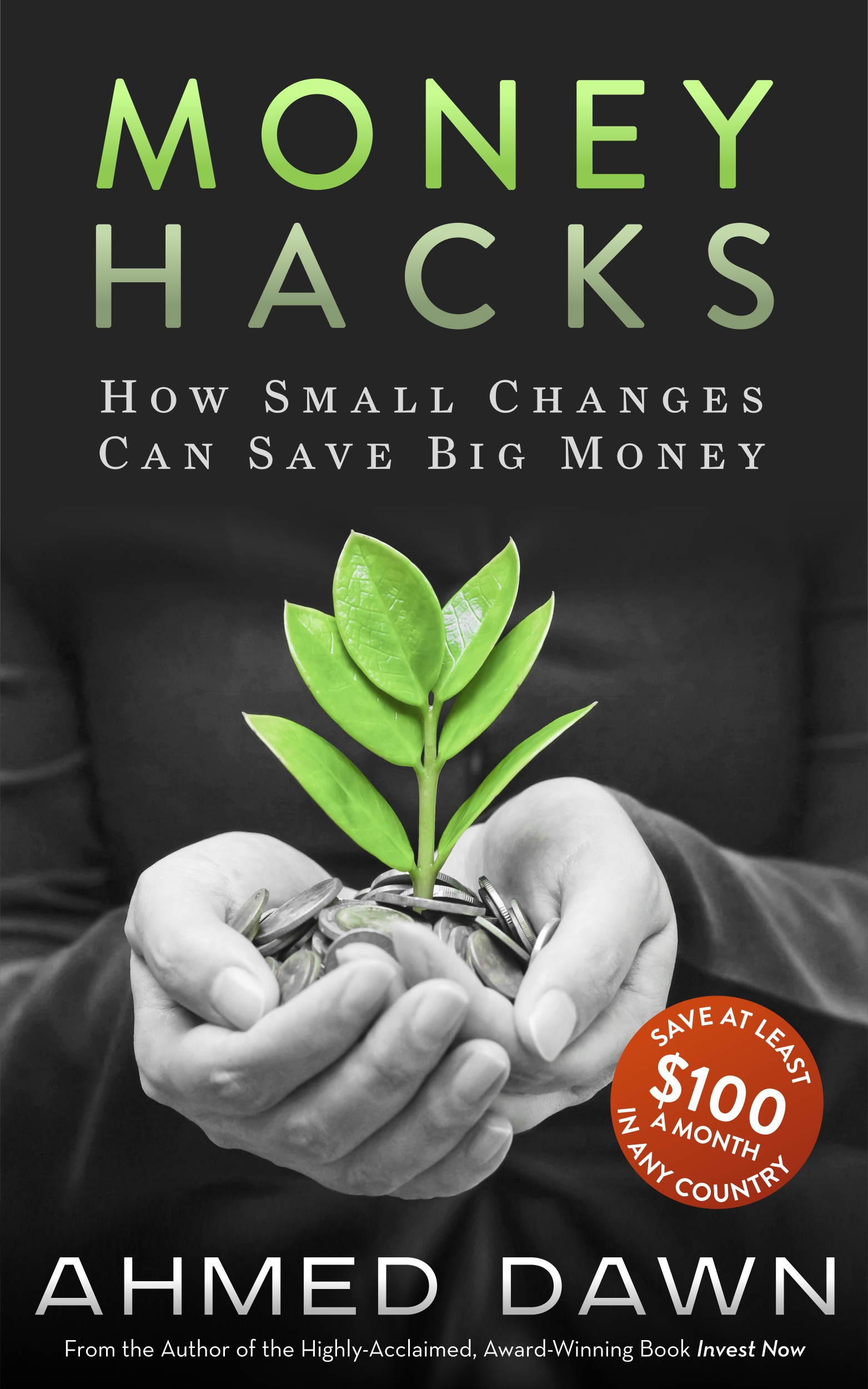How To Green Back-To-School
/Greening Up Your Back To School
First Published Date: June 25, 2010
When kids start going back to school, it can mean a lot of extra costs for the parents. Parents have to think about the cost of school supplies. School supplies can run up the pocketbook, but another concern is their environmental impact on the world. Every year, billions of pens and crayons are bought; millions of binders and hundreds of billions of sheets of paper are purchased. That is a lot to take away from the Earth, so it is important that parents look at green alternatives for school. What are some things that they can consider?
First of all, forget about buying new pens and pencils. There are plenty of recycled options out there. You can also look at getting refillable pens and pencils that can be used over and over, for many years to come. In addition, another alternative is to have biodegradable pens made from corn. These pens are cheap, and will degrade away when they are thrown out.
Second, instead of buying new paper, you should get recycled paper. Recycled paper is very affordable now and it looks almost like regular new paper. The great thing is that it does not take away from any forests to make, so you can never impact the planet by just buying recycled paper over and over again.
Third, binders made from recycled products are very popular these days. They carry a green message and many are made from diverse products including old plastic bags and plastic bottles. Since fashion is important for kids in school, these binders are made to look good so your child will be happy to use them.
Fourth, instead of buying new ink cartridges, you should look at just refilling ink cartridges. When you buy new ink cartridges, you are wasting the plastic and ink that was used to create those cartridges. There are many businesses all over the country these days that will provide you with a refill. You can use your old ink cartridge and you will spend a fraction of the price as a result.
Fifth, look at getting calculators that are made from recycled products and other calculators. Many manufacturers are reusing parts to save money and to help you save the environment as well.
Lastly, consider buying backpacks that do not contain any PVC. PVC-free backpacks and lunchboxes are important because when they are thrown away, the PVC leaches out into the environment and there are some studies that show PVC backpacks may be causing some chronic diseases in children. Speaking of lunchboxes, instead of buying new plastic bags every day to hold sandwiches, you can use a reusable sandwich container instead. That way, you prevent plastic bags from making their way out into the environment where they can do immense harm to animals that mistake them for food.
These are just a few of the things you can do to help the environment, help your children and help save some money, especially when you don’t have to keep buying new products over and over again.
To streamline and minimize blog maintenance, I will be discontinuing maintaining the Thegreenlivingblog.com website (however, I will still hold the domain). I will gradually move all articles from this site to A Dawn Journal. This article originally published on the above website on June 25, 2010.








